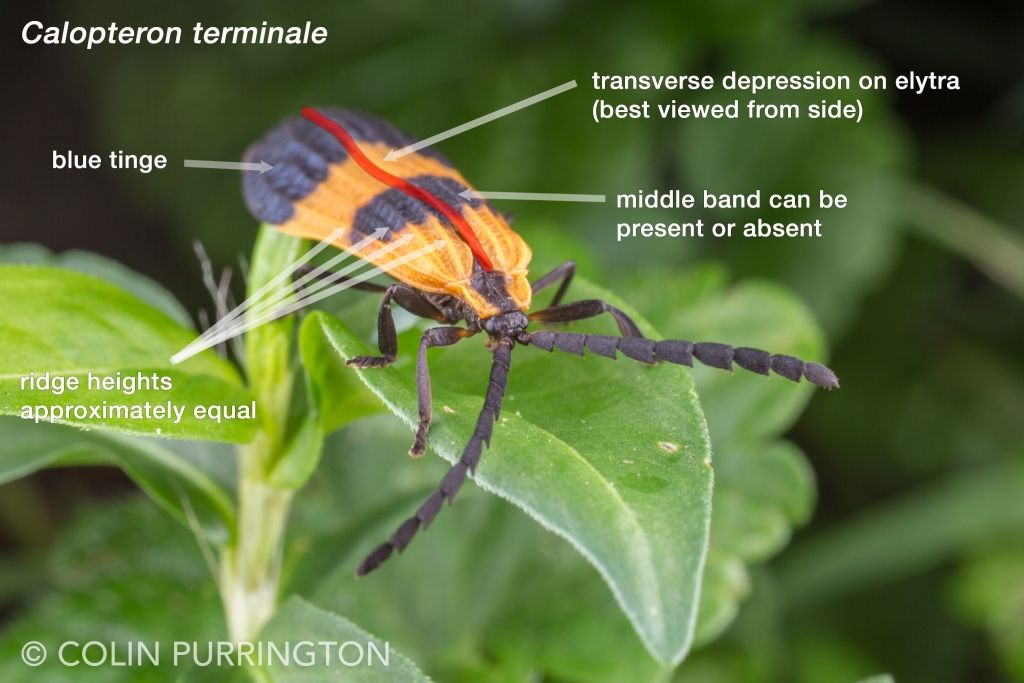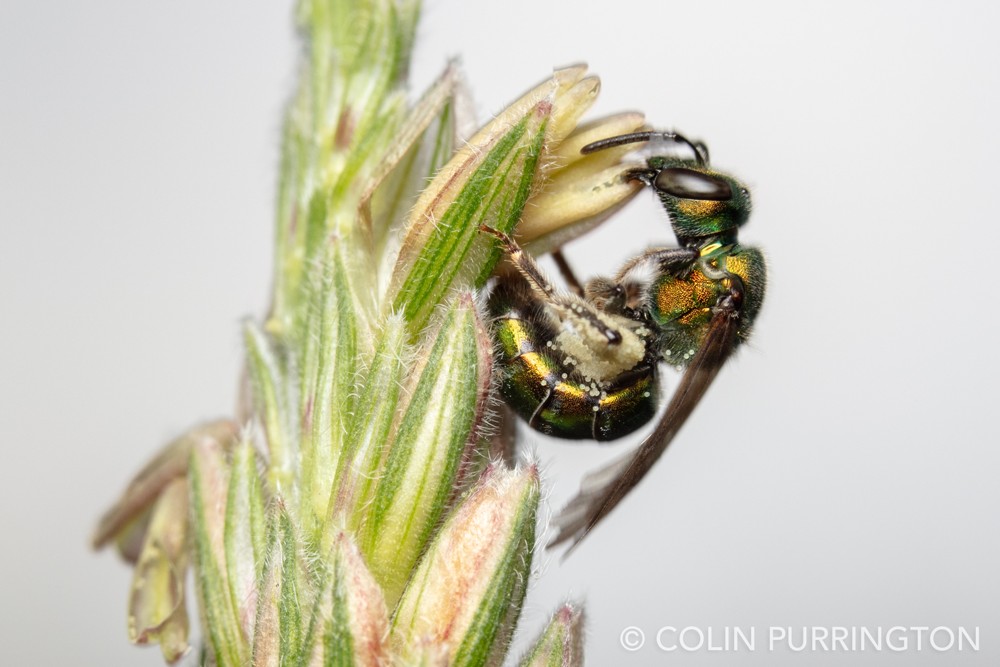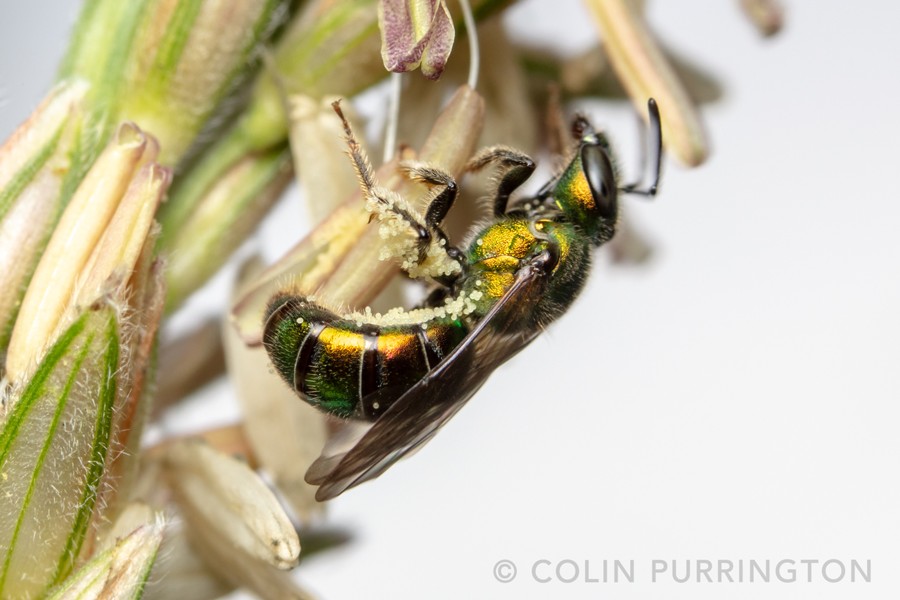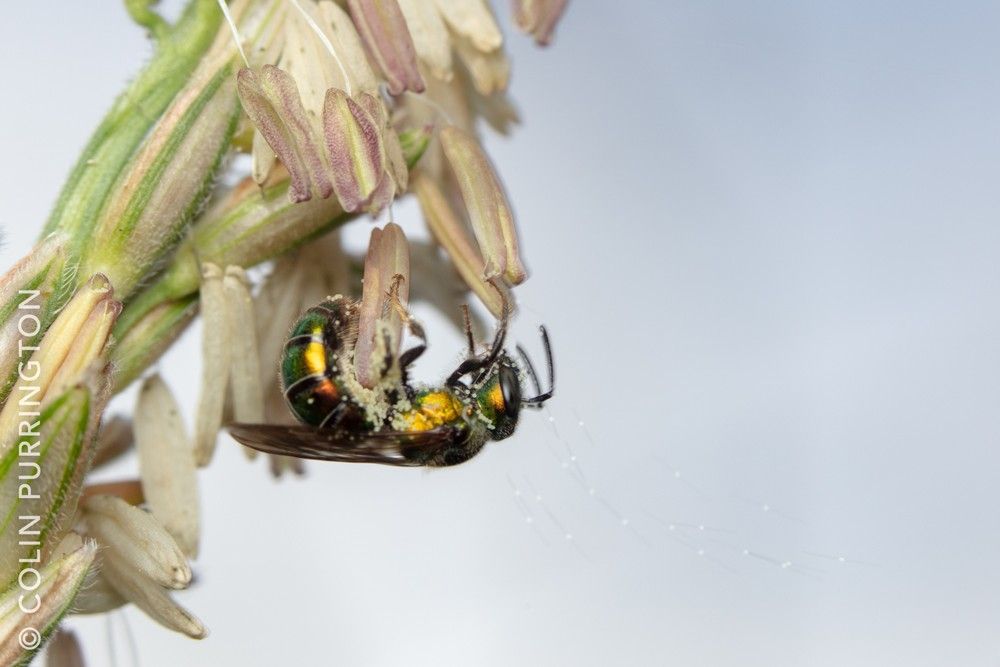This week I finally decided to teach myself how to identify Calopteron terminale (end band net-wing beetle), and the characteristics aren’t as bad as I thought. I made a visual to help in case others might find it useful:
The easiest diagnostic feature is the transverse depression (dip), shown with a red line in photograph above. I think when I first noticed this depression in the wild I foolishly assumed it was a deformation that certain beetles got from being wedged into a pupal cases that were a tad too small for their bellies. But no, it’s a real, unique thing for this species. I have no idea why they have it. Below is another of my C. terminale photographs. In this one you can see that there’s a second, slight depression just anterior to the transverse band. For this reason many keys refer to an “undulation” along elytra rather than just a single depression.
Even the distal depression is sometimes hard to see with dorsal photographs, so in those cases use the uniformity in discal costae (ridge, vein) heights to make the ID. Excluding the edge vein there are four (4) ridges that are elevated to the same amount. Both C. reticulatum and C. discrepans (the other two members of the genus in the United States) have alternating ridge heights. Here’s a photograph of C. reticulatum:
The ridges are filled with poisonous hemolymph, by the way, so don’t poke them.
In addition to the above diagnostic features, many keys say that C. terminale has a “distinct blue tinge”. Other species in the genus sometimes have a blue tinge but I’ve only noticed a distinct blue tinge on C. terminale.
For more information on identification, here are links to C. terminale, C. reticulatum and C. discrepans on BugGuide. If you’re on iNaturalist, here they are again: C. terminale, C. reticulatum and C. discrepans. There are many more (100+) species in the genus, and most of them are in South America, Central America, and Mexico. I’m not aware of a current guide to these other species but here’s an 1886 one for Central America.
If you encounter a mating pile of any of these insects, please take a lot of photographs and examine the abdomens of females for droplets of hemolymph. There are reports (Burke 1976) that males feed on this hemolymph.
For more natural history, start with these publications:






